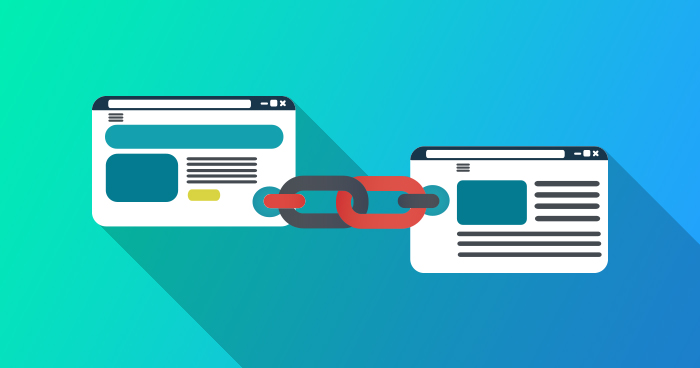
With its Penguin 2.0 and Penguin 2.1 updates, Google made the distinction between good links and bad links loud and clear. As soon as Penguin landed, it started shuffling the search rankings and penalizing sites involved in spammy links and over-optimization. Penguin reacted strongly to bad link profiles and spammy link-building practices that were prevailing in the domain before its arrival.
Google Panda and Google Penguin are two of Google's latest algorithm updates. The updates will keep a check on the quality of the content and web spam. The article presents a few techniques that one may follow to be in the good books of Google.
What is Google Penguin?
According to Google, Google Penguin will be launched and implemented to stand against web spam. It is an important algorithm change that will disturb the rankings for websites that are believed to be violating Google’s defined quality guidelines.
Further, the company has asked webmasters to focus on building content-specific websites. Hence, the focus should now be on websites that offer good user experience and are built in sync with white hat SEO methods instead of aggressive webspam tactics.
It has been measured that last year's Google Panda update affected 12% of Google search results. In addition, Google Penguin is expected to disturb around 3% of the Google search results. However, it is quite alarming to notice that industry experts have now begun to point out a few glitches in the functioning of the algorithm.
What is Backlink Profiling?
If all is not well with the links that you have already made in the past, what's the remedy to escape the Google ire? And here is the answer. Only a Clean Backlink Profile can help you to win Google's trust. So, let's start with analyzing your backlinks on the following parameters:
- How you have built your links?
- From where you acquire these links?
- Whether are not these links fulfill the quality guideline?
How To Prepare A Clean Backlink Profile?
Google attacks spammy sites by imposing different levels of Google penalties. It ranges from partial de-indexing to a complete ban on the site. It's therefore crucial to execute a thorough check on your backlinks. Following are the three things that you need to consider on a priority basis while preparing your backlink profile:
- Comprehensive analysis of backlinks
- Complete analysis of the good link
- Tracking possible weak backlinks
1. Analyze Your Anchor Text
The three steps given are primarily taken up during Google Penalty Removal. Anchor text analysis comes first. To ensure a perfect backlink profile, scrutinize the anchor texts used. While doing this you must check and enlist the number of optimized anchor text in the link profile, the availability of branded links in the profile, and identify how many links are being used with the same anchor text. It is therefore crucial to be specific with the branded links for your link profile. If possible, keep variations in anchor text(s) used.
2. Keep Track of the Link Positioning
The gap maintained between two consecutive links plays a significant role in backlink profiling. The term link positioning refers to the gap between two links placed in the same context. Two links shouldn't be very close or too far from each other. It's always a good practice to ensure appropriate link positioning for a better backlink profile.
3. Start Managing Your Link Types
Carrying relevant link types is also very important in creating a natural link profile. You can invite a severe Google penalty if you use a few types of irrelevant links. Prepare a checklist to make a list of the links that come in this category.
4. Remove Backlinks With Disavow
That's the final deal. Once you have filtered that bad and messy links, send a reconsideration request to Google. Once Google receives it, it puts all the bad links in the queue to consider it no-follow using its badlink removal disavow tool. Once disavowed, Google sets these links 'no-follow' and ignores them on its next crawling. This results in a clean and penalty-proof backlink profile.
How to be in Good Books of Google Penguin?
When we talk about Google Panda and Google Penguin the two things we want to keep in mind are user experience and web spamming. To keep Google happy and rank on the result pages, it is important to understand and distance from web spamming and offer a great user experience.
Good Content
Google Panda has clearly shown the value of content to the Internet world. Content should be written following its topic. It should provide information about the topic and must contain a balanced and relevant inclusion of keywords. Google Panda asks to stop duplicate content by employing a useful robots.txt file or by using Google Analytics. Google may suspect your website for copying content if at all, it finds duplicate content present on the Internet.
Keyword Density
The well-known gold rule to good content is maintaining the accurate count of keywords within the content. Keyword stuffing is never appreciated by Google. Try to keep your keyword count less than 2 percent of your content.
Social Media Presence
At the Google Plus launch, it was declared that social media will help magnificently a website to rank on search engine result pages. More shares, followers, fans, and mentions on the social platform will help websites secure a good ranking. Webmasters and bloggers are advised to focus on social networks, especially LinkedIn and Facebook.
Make your website user-friendly. Ensure that it has proper, well-defined navigation that enables visitors to browse through your entire website, quite flawlessly. Your website should be easy to follow and browse through.

Tarun Gupta, CEO of Brainpulse Technologies, is a prolific author and digital marketing specialist. His insightful writings span SEO, content marketing, social media strategy, and email campaigns, offering invaluable expertise to businesses worldwide. Tarun’s contributions continue to shape the digital marketing landscape, guiding success in multiple niches.